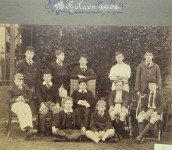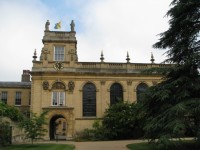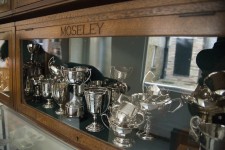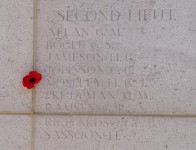Moseley event: Alphabet of Our Universe by Rachel McCarthy
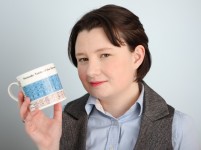
Hear about Rachel McCarthy’s personal take on her sold-out event by : a ‘part-lecture based on a sociological journey through the Periodic Table from its early formation to the chemistry of the present day and part-poetry reading from her book Element‘ which was hosted at the museum on Tuesday 12 January 2016 as one of the final ‘Dear Harry’ events.
New Boys 1897: Moseley’s Year-group at War, 1914-18
In the footsteps of Harry at Trinity College, Oxford
Harry Moseley: “…meteor of a summer night…”
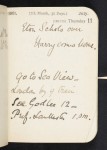
Scientists inspire new science, but they can also inspire those who consider science alien or inaccessible. For example, the Museum’s display of artworks by astronomer John Russell (1745-1806), which record the Moon’s surface, inspired Oxfordshire painter Rebecca Hind’s watercolour paintings of the Moon. You can view the online exhibition here.…
Harry Moseley at Summer Fields, 1897 – 1901
100 years later: the life and death of Henry ‘Harry’ Moseley
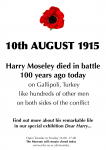
100 years today on 10 August 1915 Henry ‘Harry’ Moseley was killed in action at Gallipoli, Turkey aged just 27. His death as well as those of other soldiers from both sides killed on that day was felt personally but Harry’s death was also felt keenly by the international scientific community. We explore the continued impact and commemoration of his death.
Creating and curating a special exhibition
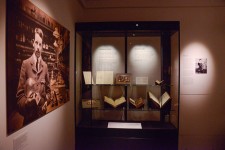
Our current special exhibition, ‘Dear Harry’ features many artefacts drawn from the collections of museums and archives around the country. Its stories and narrative attempt to convey something of the voice and character of Moseley himself; and some of the scientific experiments he conducted are revealed through computer animation. So how does an exhibition like ‘Dear Harry’ come together? Co-curator Dr Liz Bruton explains…
Death at The Farm – (Re-)visiting Harry on Gallipoli
Too valuable to die?
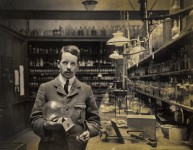
Our director, Dr Silke Ackermannm was on BBC Radio 4’s Today programme on 16 May 2015 with Professor Andy Parker, head of the Cavendish Laboratory at Cambridge University, to talk about the impact of Moseley’s scientific work on the x-ray spectra of the elements, and the subsequent ordering of the Periodic Table, and the legacy of his death in Gallipoli, Turkey on 10 August 1915.




